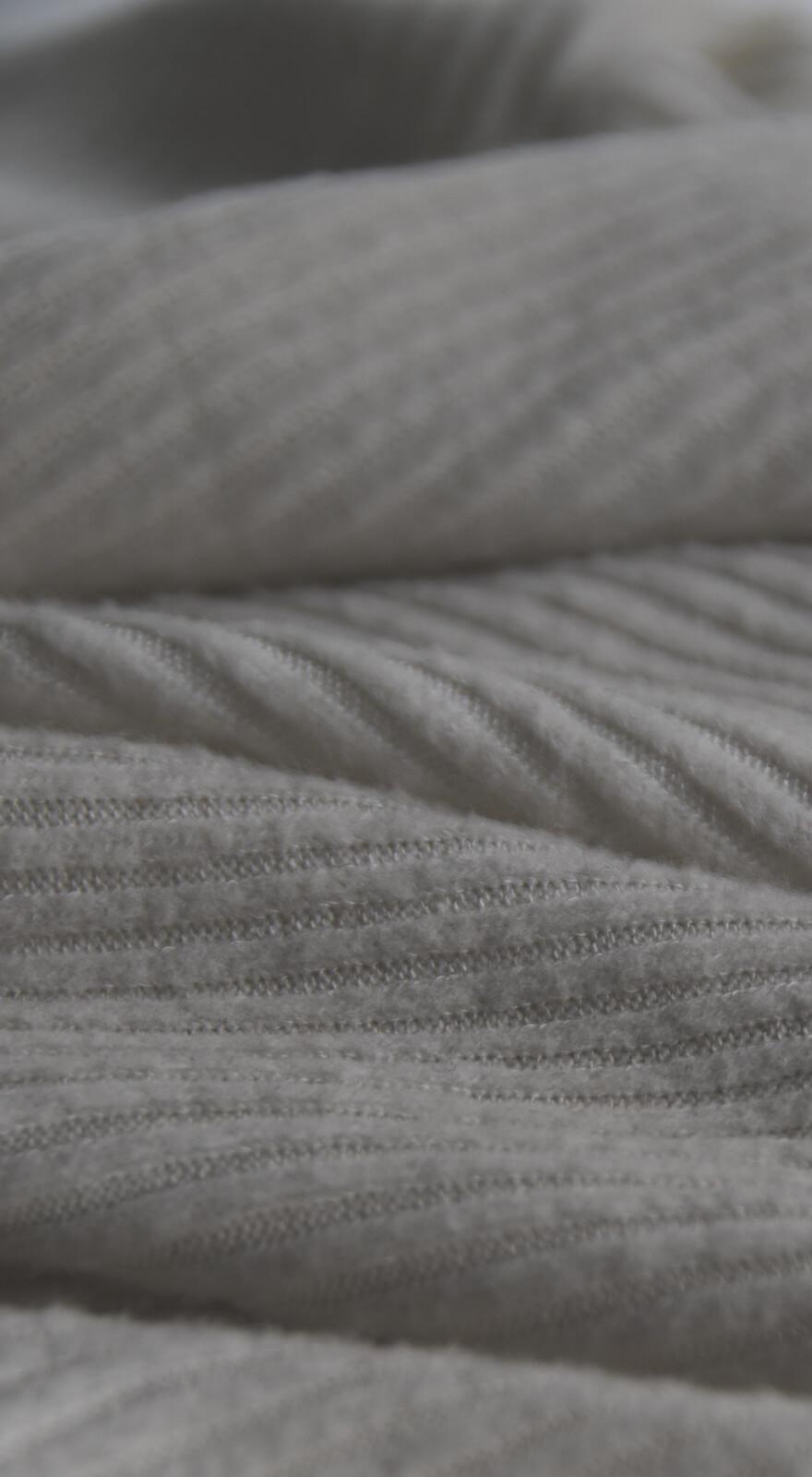Knowde Enhanced TDS
Identification & Functionality
- Product Type
- Technologies
Features & Benefits
- Labeling Claims
- Ready-to-Use Product Features
- Features
- No 1,1,1-trichloroethane
- Leaves no residue
- No CFCs
- Fast drying
- No petroleum distillates
- Powerful solvency
- Nonflammable
- Noncombustible
- Prolongs motor life
- Nonconductive
- Bulk or aerosol
Applications & Uses
- Markets
- Applications
- Application Area
- Directions
- Do not dilute or heat.
- Wear quality chemical-resistant gloves and eye goggles.
- Use only in a well-ventilated area with a constant supply of fresh air.
- Do not breathe vapors or spray mist.
- Use an organic vapor respirator, if necessary.
- Cantol J-88 may be used by spraying, wiping, dipping, or brushing.
- Use aerosol J88 for general bench cleaning and small motors.
- NOTE: Cantol J-88 may harm some plastics. Prior testing is recommended. For cleaning and degreasing sensitive electronic/ mechanical devices, use Cantol Tronic-2. Re-Iubricate electric motors after cleaning.
- Product Application
- Spraying - apply Cantol J-88 directly onto parts of the entire motor using cantol sure-shot sprayer. Apply using coarse spray or stream. Allow to air dry, or dry using an air pressure line.
- Dip cleaning - dip entire motor or parts into Cantol J-88. Allow to soak until grease and foreign matter are loosened, then remove, air dry, or use air pressure line.
- Brushing & wiping - wear quality chemical resistant gloves, saturate cloth or brush with Cantol J-88. Wipe or brush off the surface. Air dry.
- Dipping or spraying running motors - spray thoroughly while motor is running or dip small motors into Cantol J-88 while they are running for a short time. This will dissolve and remove grease, oil, carbon, and dirt. The force of the motor will throw the dirt deposits out. Re-iubricate electric motors after cleaning.
- Applications
- Electric motors
- Generators
- Armatures
- Contact points
- Air conditioning systems
- Vehicle brake systems
- Machinery and parts
- Printing presses
- Electronic components
- Office machines
- Fuse and circuit boxes
- Instruments
- Packaging equipment
- Appliances
- Electrical controls
- Vending machines
- Automatic pin setting machines
- Auto parts
- Railroad equipment
- Conveyor systems
- Refrigeration units
- Effect on Insulating Material and Plastics
- High Density Polyethylene (HDPE): Minor
- Low Density Polyethylene (LOPE): Moderate
- Bakelite: No effect
- Polystyrene: Severe effect, not recommended
- Rubber: Moderate effect
- Viton: No effect
- Buna: Severe effect, not recommended
- Nylon (Dacron): Minor effect
- Neoprene: Moderate effect
- Polysulfone (PSF): Severe effect, not recommended
- Polymethylpentene (PMP): Severe effect, not recommended
- Polypropylene/Polyallomer (PP/PA): Minor Effect
- ABS Plastic: Severe effect, not recommended
- Polyvinylchloride (PVC): Severe effect, not recommended
- Plexiglass: Moderate effect
- Teflon FEP (Fluorinated Ethylene Propylene): No effect
- Teflon TFE (Tetrafluoroethyl): No effect
- Polycarbonate: Moderate effect
- Teflon PFA (Perfluoroalkoxy): No effect
- Epoxy: Minor effect
- Polyvinyl Alcohol (PVA): Minor effect
NOTE: Do not use on, or allow to get on solvent-sensitive surfaces or materials; always test first by using on scrap material or on a small, inconspicuous area. The above chart is a guide. Thickness, temperature, pressure, and length of exposure can affect resistance to attack.
Properties
- Physical Form
- Typical Properties
| Value | Units | Test Method / Conditions | |
| Dielectric Strength | 36000.0 | Volts | - |
Safety & Health
- Precautions
- Aerosol: Compressed gas. Contents under pressure.
- Aerosol and bulk: Eye and skin irritants. Maybe FATAL if too much is inhaled. Harmful if absorbed through the skin. Poisonous substance defined by Transportation Dangerous Goods (TDG) regulations: stow away from foodstuff.
- Precautions: Use ONLY in a well-ventilated area. Avoid prolonged or repeated breathing of vapor. If necessary, use an organic vapor respirator. Use self-contained breathing apparatus when working in confined areas without adequate ventilation.
- Avoid eye contact.
- Avoid prolonged or repeated skin contact. Wear quality chemical-resistant gloves and eye protection.
- Keep away from heat, sparks, and flame.
- Keep out of the reach of children.
- First Aid: In case of contact, immediately flush your eyes with plenty of water for at least 15 minutes. Seek prompt medical attention. Flush skin with water.
- If inhaled, remove to fresh air.
- If swallowed, do not induce vomiting.
- Guard against aspiration into lungs.
- Call a physician immediately.
- Wash thoroughly after handling.

